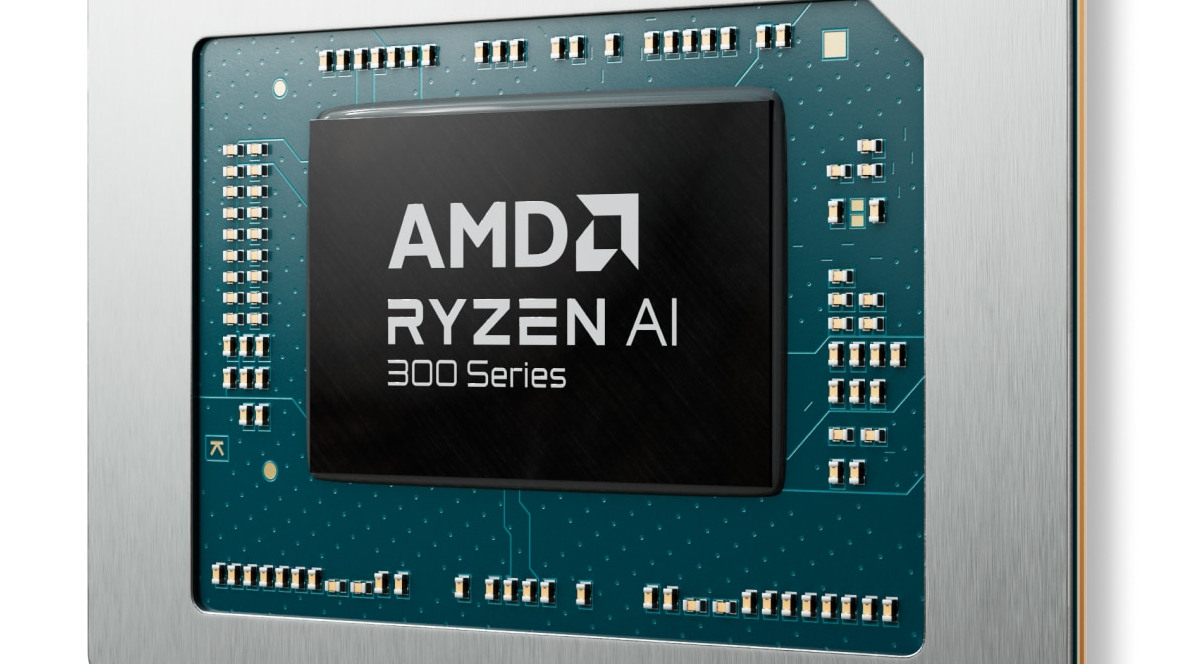
When AMD announced its Ryzen AI 300-series processors earlier this month, it revealed that they offered around 20% higher CPU performance and approximately 36% higher gaming performance (in undisclosed conditions) compared to predecessors. Apparently, MSI was reportedly a bit more specific about the grunt delivered by AMD's upcoming APUs, and it turns out that their gaming performance is on par with some well-known previous-generation discrete GPUs. However, please keep in mind that we are dealing with unverified information here.
"According to MSI's booth (at Computex? – TH Editor), the Ryzen AI 9 300 series processors have improvements of around 20% in single-core, multi-core, and integrated graphics performance," wrote well-known hardware leaker Golden Pig Upgrade Pack. "This translates to approximately 2,000+ in single-core and 20,000+ in multi-core on the R23 benchmark, and a Time Spy score of around 3,600+."
Assuming that AMD's latest integrated GPU — the Radeon 890M — indeed scores around 3,600 points in 3DMark Time Spy, its performance is more or less in line with the performance of Intel's Arc A370M, GeForce MX 570 for Laptops, or GeForce GTX 1650 for Laptops - or thereabouts.
AMD's flagship Ryzen AI 370 AI HX 370 processor sports 12 general-purpose Zen 5-based CPU cores and an RDNA 3.5-based Radeon 890M GPU with 16 compute units (1,024 stream processors). The new Radeon 890M integrated graphics processor has 33% more stream processors and can indeed deliver significantly higher compute performance compared to the Radeon 780M, its predecessor.
Yet, as the performance of iGPUs is typically constrained by thermal design power and memory bandwidth, the actual performance increase of iGPUs due to an increased number of SPs is typically lower than the increase of their theoretical compute performance. That said, it is reasonable to expect the Radeon 890M to offer around 20% higher performance than the Radeon 780M in typical use cases.
Meanwhile, in some games that are not constrained by memory bandwidth but need more compute horsepower, it may well feature significantly higher performance than its predecessor due to the higher number of compute units and architectural innovations of the RDNA 3.5 microarchitecture compared to the RDNA 3 microarchitecture.
There are a couple of things to note here, though. First, while MSI's performance estimates are a bit more specific than those of AMD, it is likely that the company compared its laptops based on different processors, so the CPUs were not equal (as different laptops use different cooling and memory). Secondly, we have no idea about the drivers used for testing. Thirdly, we cannot verify the leaked information about performance ourselves. In general, while there is good cause to be optimistic, take this leaked information about the performance of AMD's next-generation integrated GPU with a grain of salt.







